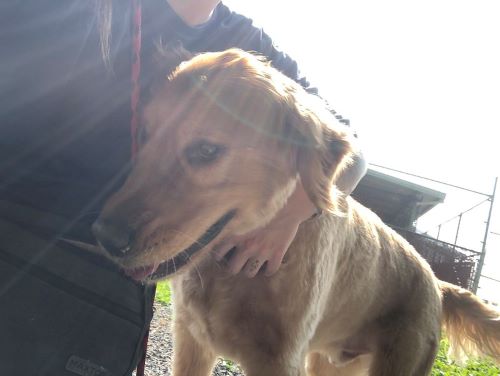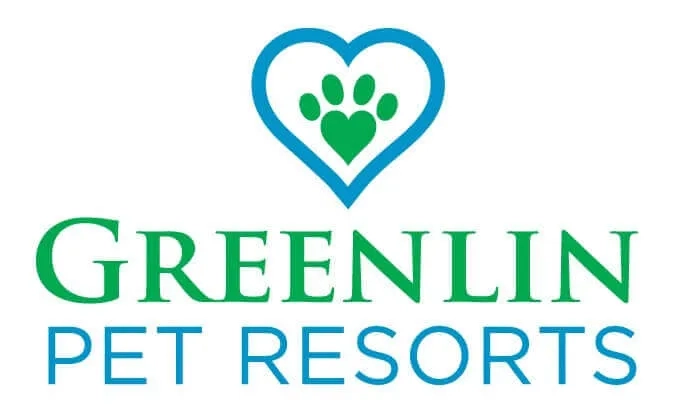Choosing the Right Dog Trainer: Tips from Greenlin Dog and Puppy Training

Dogs are lovable and dependable companions, but they can also sometimes be a challenge to live with. When their behaviors aren’t as in tune with how you want them to act, or they’re blatantly getting into things and causing other issues, the best solution is usually a dog trainer.
The right kind of dog trainer works with your dog’s instinctual motivators while also helping you understand how these factors could create the undesired behaviors you see. Their goal should be to channel problematic behaviors into positive ones.
Getting to that point almost always involves a lot of work. The first action item is to find a qualified and capable dog trainer who delivers the caliber of instruction you expect — meeting expectations for you while meeting the instinctual needs of your dog.
Here’s a list of tips we’ve compiled to help you choose the right dog trainer for your specific dog and the goals you have together. They’ll give you deeper insights into the abilities of any trainer and help you understand if they offer an approach that works for your dog.
For Help Learning How to Train a Dog, First Go Beyond Google
Online listings are a convenient and excellent source of ideas and recommendations for dog trainers in your area. However, just like we all learned with school research papers, one source is never enough to get a true perspective on things.
Once you’ve identified a few candidates using sites like Google or Yelp, dig deeper into each review. Look at both the good and the bad scores and keep an eye out for red flags that may indicate you’re not reading something written by a real customer.
Also, see if people say anything that specifically resonates with you. Maybe they have a dog similar to yours.
Were they satisfied? Were there complications or gripes?
Ask yourself if these assertions confirm what was said in other reviews or whether they contradict them.
Sites like Rover.com have reviews specifically geared toward pet owners looking for a sitter, boarding facility, or dog daycare facility. Professional facilities offering these services often train dogs, so try to cross-reference the reviews you see there as well.
You can also look on sites like Indeed and Glassdoor to see what the employee experience is like at the facility you have in mind. While you aren’t looking to work there, the employee experience says a lot about the facilities’ services.
After identifying good candidates, shoot them an email, and ask them to schedule a visit to tour the facility. You can use the opportunity to ask about the specific details of the training program and any trainer(s) you are considering.
Some trainers will even have credentials, including the following dog training certifications worth looking out for:
- CTC — A Certificate in Training and Counseling from the two-year program at the Academy for Dog Trainers, considered one of the top programs of its kind in the country.
- KPA CTP — Signifies completion of the Karen Pryor Academy Dog Trainer Professional six-month program.
- VSA-CDT — A certification from the Victoria Stilwell Academy for Dog Training, another six-month program.
-
- VSPDT — Indicates that the individual is a licensed Victoria Stilwell Positively Dog Trainer, which requires at least a B.A. in a relevant field and two years of animal care or training experience.
- PMCT — A credential awarded after completing the Pat Miller Certified Trainer course conducted through his organization Peaceable Paws.
Facilities should also have their own proprietary training program in order to ensure that every instructor has a similar set of skills and understands the standards and expectations set by the facility.
For example, Greenlin always requires its trainers to submit to another six months of continuing education and practical retraining, ensuring consistent results among all of our dog trainer staff. This is constant no matter what credentials they arrive with.
Tour the Facility
You never know what experience a dog may have at a place until you walk a mile in their paws, so to speak. Accordingly, any dog obedience training program worth its salt would be willing to let you at the very least have a look around their facility.
During your tour, keep an eye out for things like:
- Cleanliness and organization
- Tools and equipment used
- The size of classes and group activities, especially compared to the number of trainers
- Whether they offer one-on-one dog training
- Employee engagement and energy levels
- The experience the other dogs seem to be having
You may even be permitted to observe a class or training session in action. Some trainers may come to you or “borrow” the use of another facility during their classes.
If this is the case, ask to see a live demonstration in a typical environment. Observing these classes can give you insights into what your own dog’s experience will be like.
Ask Open-Ended Questions
Once you’ve sized up the facilities the trainer uses, the best thing to do to evaluate them further is to get them talking.
To that end, you can ask the following types of questions:
- Are there any specific training methodologies you use?
- What is your experience and level of training?
- Do you do continuing education?
- How much is dog training? Do you offer packages or group rates?
- What’s your average “success” rate, as compared to dogs you stopped seeing without resolving the challenge at hand?
- Does your approach differ greatly from your colleagues at the same facility?
- Is there any equipment or tool you consider “essential” for training my dog?
- Do you have any personal referrals or testimonials I can see from clients you have served in the past?
- Do you offer owner instruction, demonstrations, and follow-up?
- What are some of the most common challenges you see, and the solutions you typically might try first?
- Do you have any preference for group vs one-on-one training?
When listening to their responses, look for answers relevant to your priorities. There’s definitely such thing as a “great” dog trainer who may not be so great considering your specific goals or your specific dog.
Another thing you’re evaluating is the trainer’s ability to communicate with you in general, which some experts caution is an aspect of training many people might overlook.
“The trainer has to be someone who’s good with people, who understands people’s psychology and motivation,” one animal expert explained to the New York Times. “In addition to being able to tell people what to do, they have to motivate people to do it.”
Basically, you want a trainer that “you click with,” he said.
Also: expert personal questions in return! Most trainers will want to see what your expectations are, as well as the current challenges you face and any approaches you have tried.
Your trainer should exhibit the qualities of a good listener, meaning that they are responding specifically to your line of discussion rather than some subject they are personally interested in discussing instead.
Discuss Goals to Find Someone Who Will Meet Your Dog Where They’re At
The final piece of the puzzle, once you have vetted your trainer for appropriate facilities and communicative ability, is to see what approaches they may use with your own dog.
As many animal behavior institutions will advise: positive reinforcement approaches are best. Approaches that rely on punishment or instilling fear or submission in the animal can make problems worse, not better, while ultimately hurting your relationship with your dog.
At the same time, not every aspect of a “positive” approach will involve some reward. Your dog has to learn that it must work to find the fulfillment it seeks – fulfillment that may currently be had through behaviors like jumping or getting into the pantry.
This important qualification is why we at Greenlin favor a “balanced” approach: one that makes the best use of every legitimate technique available while seeking to work within your animal’s unique set of desires and circumstances.
When evaluating the possible techniques that could be used, remember that you don’t want vague, general promises — and you also don’t want hard sells on specific techniques.
The best answer is that your trainer will have specific strategies and approaches they want to try without any over-emphasis on any specific one. Attempts to use a “one size fits all” approach typically tend to benefit the trainer’s MO, not the owner’s or the dog’s.
Ultimately, you will want a trainer who is able to recognize the stage your dog is at currently and what they can do to reach closer to the state you want them to be.
A trainer worth the money you spend should be willing to educate you, as well, helping you achieve a happier relationship with your dog while avoiding behaviors that strain your peace together.
Find Out How Rewarding Dog Training Can Be at Greenlin
We at Greenlin invite you to put our dog training services to the most rigorous “smell” test. We aren’t afraid because our reviews are glowing, and our facilities are squeaky clean!
While we can’t guarantee 100% that you will see the results you desire in your dog, you can know that we will be upfront and honest about how we intend to approach your dog’s training program.
Each one is customized, with a firm foundation based on where your dog is now and where you want them to be. Most training is performed one-on-one, although some group classes are available.
We offer demonstrations and owner training, as well, helping you understand the progress that was made and what actions can be taken in the home environment to keep things improving.
Our training services are also available to follow up and maintain the progress we’ve made, especially when new situations or factors emerge that challenge your dog.
We’ve been voted Simply the Best by Harrisburg Magazine for a decade and counting, for good reason! We also offer combined lodge and learn programs for training during boarding, as well as daily play and train programs that combine daycare fun with learning adventures.
Schedule your very own free training evaluation and facility tour today when you contact one of our six Central PA locations today!
